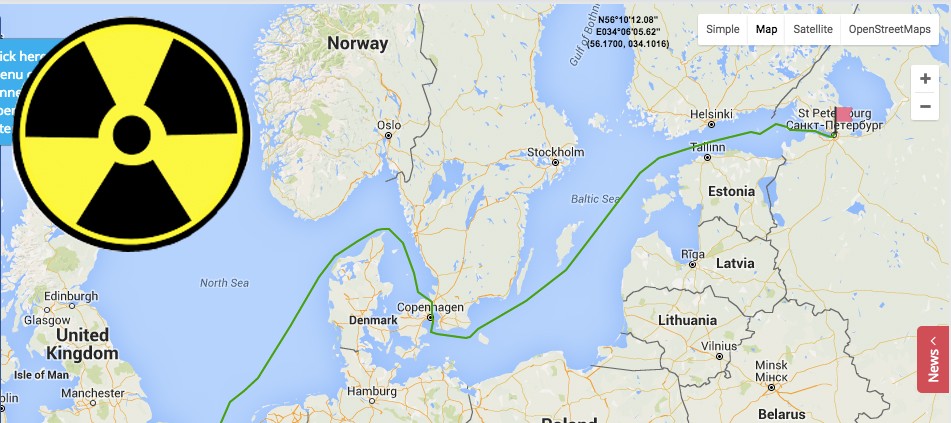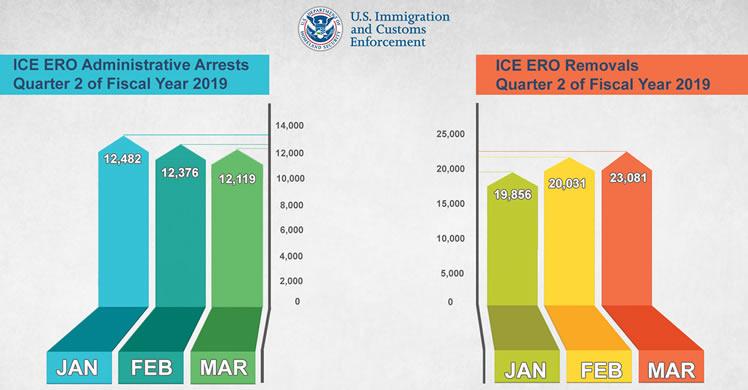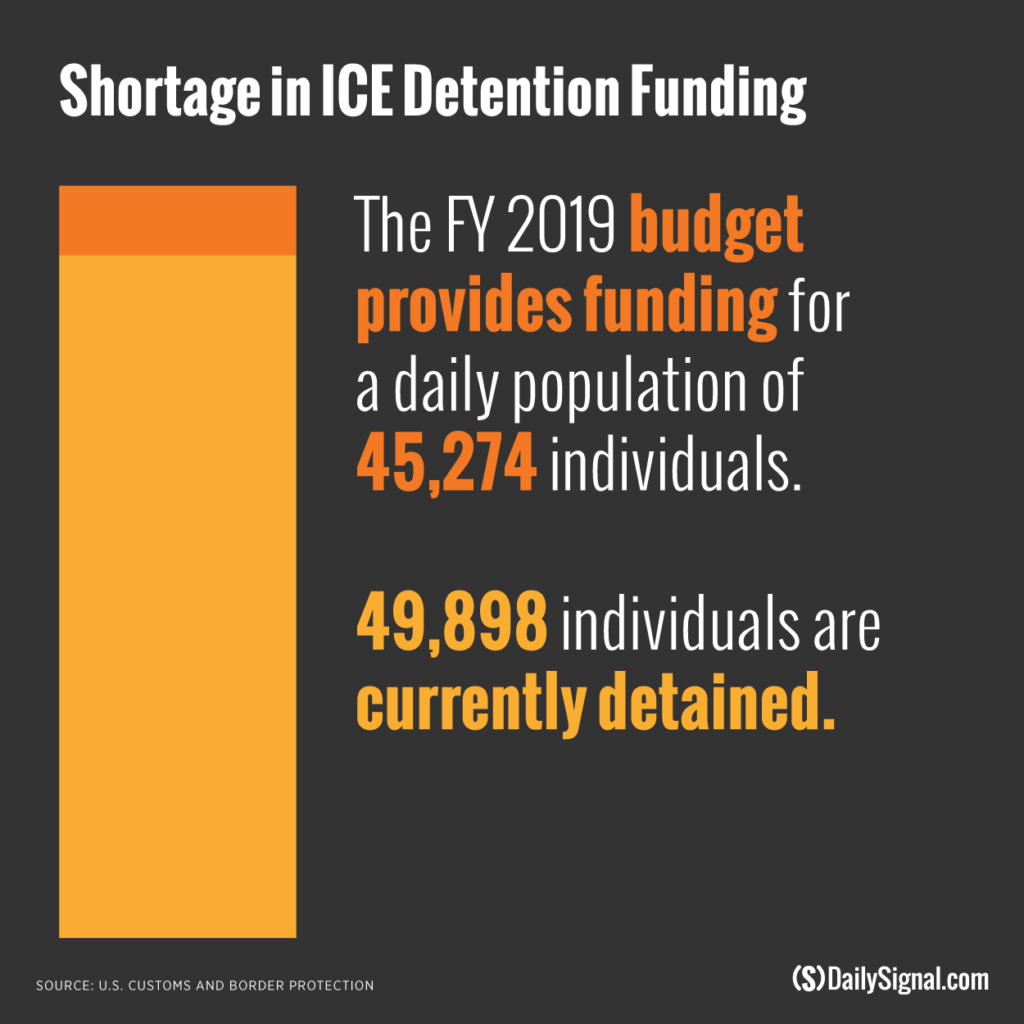There are methods around this but we must keep a close eye here. As published by MEMRI with full citations, this congresswoman clearly has some questionable connections and activities beyond those here at home. (hat tip to MEMRI for the steller work here)
BTW, the media is all too quick to report on allegations when it is alleged for President Trump…
***
In Call For Campaign Funds For U.S. Rep. Ilhan Omar – Who Has Met With Turkish President Erdogan – Turkish Pro-Government News Outlets Declare: ‘Ilhan Omar Laid Out The U.S.’s Lies In The Middle East One By One!’
In an article about U.S. Rep. Ilhan Omar (D-MN), the manager of the Turkish state-run news channel TRT World’s Research Centre, Dr. Tarek Cherkaoui, encouraged readers to donate to Omar’s campaign fund. The article, written for the English-language website of the Turkish pro-government daily Yeni Şafak and published April 1, 2019, was titled “Media Flak Directed At Ilhan Omar No Surprise At All.”[1] At least seven other Turkish media outlets ran the same article, in both English and in Turkish. It should be noted that U.S. federal law prohibits foreign nationals from donating to political candidates.

Rep. Ilhan Omar (D-MN) meets with Turkish President Erdoğan during the 2017 UN General Assembly.
Turkish News Outlets Call For Funding For Omar
In his article, Dr. Cherkaoui wrote that “donating money to Omar’s campaign fund would be an adequate way of denying powerful organizations the power to censor alternative voices.”[2] The article, which originally appeared in Yeni Şafak, was also published, with the same call for funds, on both the English- and Turkish-language websites of Turkish state-run news wire Anadolu Agency,[3] the website of the Turkish state-run TRT World’s Research Centre,[4] and the Turkish news websites TimeTurk,[5] Haksöz Haber,[6] TürkHaber,[7] and Fikriyat.[8]
It is difficult to calculate the reach that this call has had among Turkish readers, but Yeni Şafak’s Turkish-language website is one of Turkey’s most popular news websites,[9] and, as of September 2018, its Turkish print edition had a weekly circulation of 111,622.[10] Given Omar’s popularity in Turkey, and that the article was published in Turkish as well as in English, it is likely that some Turks have sought to donate to Rep. Omar’s campaign fund.
Turkish Foreign Minister Phones Omar To Congratulate Her On Election Wins; Omar Meets With Erdoğan In New York, And With Turkish Consul General, Participates In Istanbul Conference
According to diplomatic sources, Turkish Foreign Minister Mevlüt Çavuşoğlu phoned Rep. Omar in November 2016 to congratulate her on her election victory,[11] and again congratulated her on her win in November 2018.[12]

Turkish press reports on Turkish FM’s phone call congratulating Omar.
In September 2017, Rep. Omar met with Turkish President Recep Tayyip Erdoğan when he was in New York for the UN General Assembly.[13] President Erdoğan’s party, the AKP, tweeted about the meeting from its official Twitter account.[14] On July 1, 2017, Omar tweeted that she had met, the previous day, with Turkish Consul General in Chicago Umut Acar for lunch and a tour.[15] The tweet linked to a Facebook page that has since been removed.

A year later, on September 24, 2018, Turkish Consul General Umut Acar tweeted a photo of himself, Omar, and another woman. Acar wrote: “We hosted Omar at the residence.” He went on to describe Omar’s life.[16]

On February 4, 2017, Omar spoke on a panel at the “Who Is A Defender? International Human Rights Defenders Conference,” held in the Şişli district of Istanbul, Turkey. the conference was organized by the Şişli municipality.[17]

Omar at “Who Is A Defender? International Human Rights Defenders Conference” in Şişli, February 2017.
Turkish Media Praise For Rep. Omar
Omar has become a favorite of both the Turkish- and English-language media in Turkey. TRT World’s YouTube channel, the English-language channel of the Turkish state-owned broadcasting network TRT, has at least a dozen videos featuring her,[18] including an interview with Omar herself.[19] Hundreds of news articles in Turkish about her have been published, some under headlines such as “Ilhan Omar Laid Out The U.S.’s Lies In The Middle East One By One!”[20] and, in a play on a Turkish expression, “The One Who Tells The Truth Will Be Chased Out Of Nine Parliaments.”[21]
Dr. Cherkoui’s Article: “Media Flak Directed At Ilhan Omar No Surprise At All”
Following are excerpts of Dr. Cherkaoui’s article, “Media Flak Directed At Ilhan Omar No Surprise At All,” as it first appeared on the English-language website of Yeni Şafak on April 1, 2019:
“Recently, the American-Israel Public Affairs Committee (AIPAC) held its annual conference amidst political upheavals both in the United States and the Middle East. It is no secret that AIPAC has an enormously influential role in American politics and the organization’s events, and especially the annual AIPAC Policy Conference, are generally well attended by top political personalities in Washington D.C. and beyond.
“During this year’s gathering, heavy criticism was directed to Democratic Congresswoman Ilhan Omar. For example, American Vice President Mike Pence said ‘recently, a freshman Democrat in Congress trafficked in repeated anti-Semitic tropes,’ adding that ‘anyone who slanders those who support this historic alliance between the United States and Israel should never have a seat on the Foreign Affairs Committee of the United States House of Representatives.’[22]
“It is interesting to note that Rep. Omar had not expressed anti-Semitic statements per se. She made comments[23] on Twitter about the nature of AIPAC’s influence in Washington. However, her remarks were distorted and taken out of context.
“The smear campaign directed against Omar is merely an attempt to stifle this new wave of youthful political activism, which paved the way for greater representation of minority groups and women. This increasing influence of minorities in the political sphere is surely not to the liking of the Republican Party’s support base. The latter sees with suspicion the loss of urban and suburban centers to minority candidates. The new dynamics are set to alter the balance of power in the long-term since the current demographics that brought electoral victory to the Republican Party relies primarily on an aging populace of conservative whites.
“This transformation is already affecting electoral behavior. For instance, in the aftermath of Nov. 7, 2018, the Democrats succeeded in wresting a 223-seat majority in the House of Representatives. In this context, Ilhan Omar (who is a Somali refugee) and Rashida Tlaib became the first Muslim women to be elected to Congress.
“Interestingly, both Omar and Tlaib were singled out in the current AIPAC controversy. For example, Adam Milstein, one of AIPAC’s biggest donors, accused them of being representatives of the Muslim Brotherhood,[24] saying that their values ‘clash with American values.’[25]
“Such outburst of accusations is indicative of the growing impatience among power centers in the U.S. The latter are used to having a firm grip on the political process and shaping the contours of political debate incontestably. In contrast, the emergence of strong counter-narratives by grassroots organizations disrupt the existing status quo and expose its fallacies…
“Therefore, the media flak (to borrow the term of Herman and Chomsky) directed against Omar and others, does not come as a surprise. It is merely part of the institutional power’s response. Negative ‘public’ responses are directed towards opposing narratives and positions to close down any serious discussion about the role and consequences of U.S. foreign policy in the world. Against this backdrop, harassing opinion leaders, academics, journalists, and activists can take many forms, such as social media hate campaigns, ads,[26] trolling, letters, phone calls, speeches, and lawsuits.
“Among the rhetorical devices used to intimidate Omar and like-minded politicians is to make the connection between Israel’s criticism and anti-Semitism. Such a misleading and pre-packaged conclusion helps frame the debate in a way that conceals both the political agendas at play and the lack of sound supporting reasons. The current controversy has nothing to do with anti-Semitism but is all about protecting Israel from criticism and conflating Zionism with Judaism.
“All in all, it is not possible to silence those who question the rationale behind the U.S. policy towards Israel, especially in an era of information overload. By the same token, it is imperative for civil society organizations in the U.S. to have a better media presence, not only to push their narratives but also to prevent the spreading of falsehood within the public sphere. This will reinforce democratic politics and responsible journalism.
“Lastly, since the campaign was fixated on making an example of Ilhan Omar, donating money to Omar’s campaign fund would be an adequate way of denying powerful organizations the power to censor alternative voices.”
[1] Yenisafak.com/en/world/media-flak-directed-at-ilhan-omar-no-surprise-at-all-3477913, April 1, 2019.
[2] According to the Federal Exchange Commission, federal law prohibits foreign nationals from contributing to political candidates.
[3] Aa.com.tr/en/analysis/media-flak-directed-at-ilhan-omar-no-surprise-at-all/1440079, April 2, 2019; Aa.com.tr/tr/analiz/ilhan-omar-a-yonelik-medya-saldirisi-sasirtici-degil/1446761, April 9, 2019.
[4] Researchcentre.trtworld.com/publications/in-depth/media-flak-directed-at-ilhan-omar-no-surprise-at-all, April 2, 2019.
[5] Timeturk.com/analiz-ilhan-omar-a-yonelik-medya-saldirisi-sasirtici-degil/haber-1069674, May 9, 2019.
[6] Haksozhaber.net/abdde-ilhan-omara-yonelik-medya-saldirisi-sasirtici-degil-113351h.htm, April 10, 2019.
[7] Turkhabersaati.com/ilhan-omara-yonelik-medya-saldirisi-sasirtici-degil, accessed May 9, 2019.
[8] Fikriyat.com/islam-dunyasi/2019/04/09/ilhan-omara-yonelik-medya-saldirisi-sasirtici-degil, April 9, 2019.
[9] Webional.com/turkiyede-en-cok-tiklanan-siteler, November 15, 2018.
[10] Medyatava.com/tiraj, accessed May 9, 2018.
[11] Takvim.com.tr/guncel/2016/11/10/cavusoglundan-omara-tebrik-telefonu, November 10, 2016.
[12] Aa.com.tr/tr/turkiye/cavusoglundan-ilhan-omar-ve-rashida-tlaibe-tebrik/1306044, November 8, 2018.
[13] Trthaber.com/haber/gundem/cumhurbaskani-erdoganin-abddeki-kabulleri-suruyor-333929.html, September 19, 2017.
[14] Twitter.com/akparti/status/910032082163904512, September 19, 2017.
[15] Twitter.com/IlhanMN/status/881276926849146882, July 1, 2017.
[16] Twitter.com/acarumut/status/1044326904239722497, September 24, 2018.
[17] Iha.com.tr/istanbul-haberleri/abdnin-ilk-basortulu-milletvekili-ilhan-omar-suan-ulkede-olanlardan-cok-memnun-degiliz-1613861, February 4, 2017.
[18] Youtube.com/channel/UC7fWeaHhqgM4Ry-RMpM2YYw/search?query=Ilhan+Omar, accessed May 1, 2019.
[19] Youtube.com/watch?v=kuscoOjc99o&t=1s, January 13, 2019.
[20] Yeniakit.com.tr/haber/ilhan-omar-abdnin-ortadogudaki-yalanlarini-tek-tek-siraladi-668354.html, March 21, 2019.
[21] Milligazete.com.tr/makale/1927821/fatma-tuncer/dogru-konusani-dokuz-meclisten-kovarlar, March 25, 2019.
[22] Haaretz.com/us-news/mike-pence-slams-ilhan-omar-at-aipac-full-transcript-1.7059025, Mar 25, 2019.
[23] Twitter.com/IlhanMN/status/1102296763292139520, Mar 3, 2019.
[24] Twitter.com/AdamMilstein/status/1111331092953333761, March 28, 2019.
[25] Haaretz.com/israel-news/pro-israel-donor-pulls-out-of-aipac-conference-after-attacking-omar-tlaib-1.7041194, March 21, 2019.
[26] Twitter.com/dancohen3000/status/1109826087352193026?s=12, March 24, 2019.
 Jeffrey Epstein never went to federal prison but his butler/houseman, Alfredo Rodriguez, did, for obstruction of justice. He was busted for hiding Epstein’s journal and trying to sell it. He has since died.
Jeffrey Epstein never went to federal prison but his butler/houseman, Alfredo Rodriguez, did, for obstruction of justice. He was busted for hiding Epstein’s journal and trying to sell it. He has since died.









 How bad is it really?
How bad is it really?